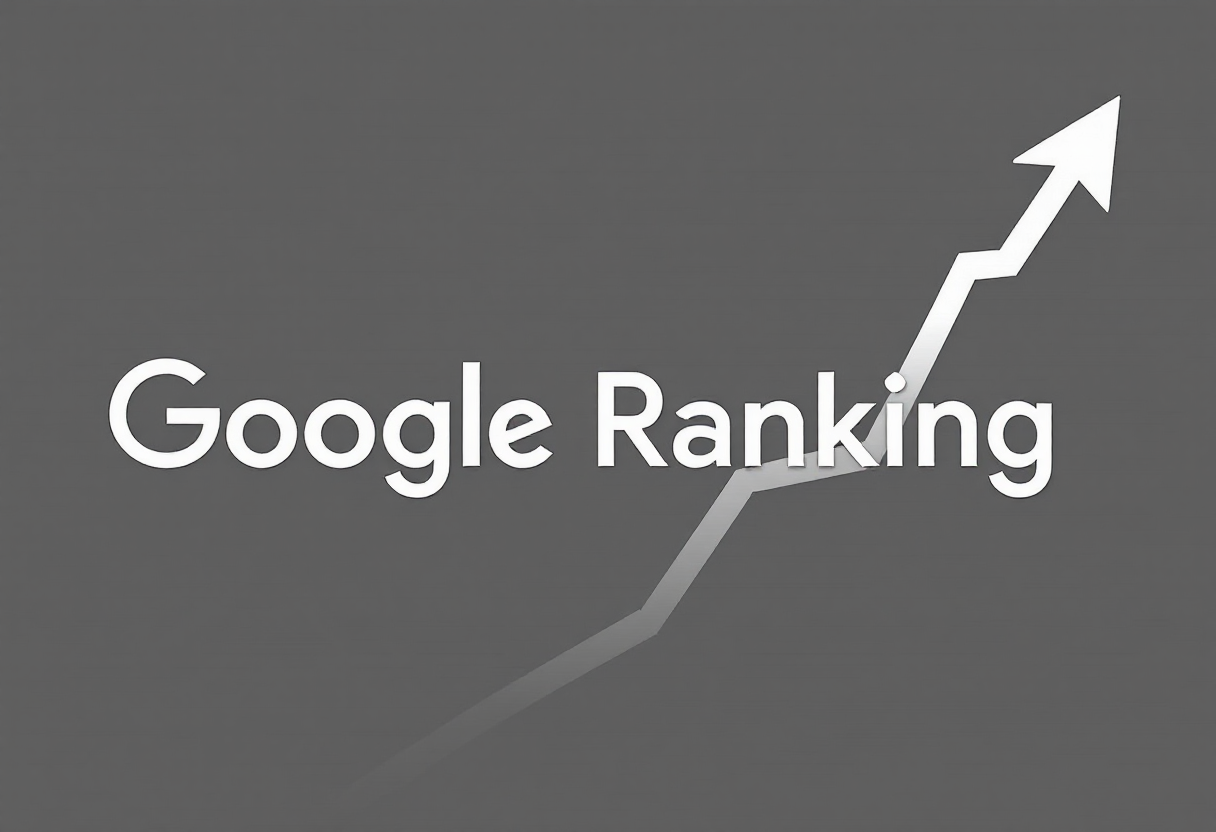The Ultimate Guide to Rub Ranking: What It Is, Why It Matters, and How to Master It

Rub ranking might sound like some obscure concept from a niche corner of the internet, but it actually has more real-world relevance than you’d expect.
Whether you’re a student, teacher, athlete, or just someone who stumbles across trending buzzwords, Rub Ranking rub ranking can offer surprising benefits.
In this in-depth guide, we’re going to break it all down for you.
We’ll Rub Ranking cover what rub ranking is, where it’s used, why it matters, how to create a solid rub ranking system, and what pitfalls to avoid along the way.
What is Rub Ranking, Really?

Let’s start with the basics. “Rub ranking” is often used as a shorthand way to describe a ranking system based on rubrics.
A rubric is a scoring guide used to evaluate performance, a project, or a product based on a set of criteria.
Combine that with ranking—ordering things from best to worst or most to least—and you get rub ranking.
In simple terms, it’s a method of sorting items, people, or performances based on a scoring system that uses specific benchmarks.
Rubrics: The Backbone of Rub Ranking
Rubrics are nothing new. Teachers use them all the time to grade essays, presentations, or projects.
They define what a “perfect” score looks like, what a “good” effort looks like, and so on.
Rub ranking builds on that foundation but goes one step further—comparing scores across multiple entries and ranking them in order.
From Education to Industry
While rubrics are famous in education, rub ranking also pops up in corporate training programs, product reviews, sports competitions, startup pitch contests—you name it.
Anywhere performance or quality needs to be evaluated against criteria, rub ranking can be applied.
Why It’s Not Just a Buzzword
Rub ranking might sound like something trendy, but it’s actually incredibly practical.
It brings structure to decision-making, removes bias (when done right), and helps you make sense of a sea of options.
Why Rub Ranking Matters in Different Fields

Rub ranking isn’t just an academic tool—it’s a universal framework. Here’s how it plays a crucial role across various industries and scenarios.
In Education: More Transparency, Less Confusion
Teachers often hear, “Why did I get a B instead of an A?” Rub ranking helps eliminate that ambiguity. By clearly defining what’s expected and ranking all submissions according to a rubric, students get a clearer picture of their performance. It encourages fair grading and motivates students to meet specific benchmarks.
In Business: Smarter Hiring and Promotion Decisions
When HR departments evaluate candidates, rub ranking can be a lifesaver. Instead of relying on gut feeling or vague impressions, hiring managers can rank resumes, interview performances, or skill assessments using a rubric. This ensures that the best candidate isn’t overlooked due to unconscious bias or subjectivity.
In Product Development: Evaluating Features and Performance
Tech companies often use rub ranking to prioritize features during app or product development. A team might score ideas based on user impact, development time, and cost. These scores are then ranked to decide what to build first. The result? More efficient, strategic development cycles.
How to Create an Effective Rub Ranking System
Now that we’ve covered the “what” and the “why,” let’s dig into the “how.” Designing a rub ranking system that works takes more than tossing numbers at a spreadsheet. Here’s a step-by-step breakdown.
Step 1: Define Your Criteria Clearly
First, determine what you’re measuring. Let’s say you’re evaluating sales pitches. Your criteria might be Clarity, Persuasiveness, Product Knowledge, and Visual Aids. Each criterion should be clearly defined so there’s no confusion.
Avoid vague terms like “good” or “okay.” Instead, define levels of performance. For example, “Excellent” might mean the pitch was clear, engaging, and free of jargon. “Needs Improvement” might mean the message was hard to follow.
Step 2: Assign a Weight to Each Criterion
Not all aspects are equally important. Maybe you decide Clarity is worth 40% of the score, while Visual Aids are worth 10%. Assigning weights helps you reflect the relative importance of each criterion.
This also allows you to tailor your rub ranking system to fit your specific goals. For instance, in a graphic design competition, visual creativity might carry more weight than technical execution.
Step 3: Score Each Entry and Rank Them
Once all entries are scored using your rubric, total the points and rank them accordingly. At this stage, rub ranking becomes super valuable—especially if you have dozens or hundreds of entries to evaluate. It brings order to chaos and makes top choices stand out.
Common Mistakes to Avoid in Rub Ranking
No system is perfect, and rub ranking has its fair share of challenges. Here are a few common pitfalls—and how to avoid them.
Mistake 1: Vague or Subjective Criteria
If your criteria aren’t clearly defined, your scoring will be all over the place. Two evaluators might give wildly different scores based on personal interpretation. Always aim for clear, objective language in your rubrics.
Mistake 2: Skipping Calibration
If multiple people are scoring entries, make sure everyone’s on the same page. This process—called calibration—involves reviewing a few samples as a group to align expectations. Without calibration, even the best-designed rubrics can lead to inconsistent scoring.
Mistake 3: Ignoring the Human Element
Rub ranking adds structure, but it’s not a substitute for judgment. Sometimes the top-ranked entry on paper just doesn’t feel right. Use rub ranking as a guide, not gospel. Leave room for expert review or a tie-breaker discussion.
Tools and Software to Make Rub Ranking Easier
You don’t have to do it all manually. A variety of digital tools can streamline the rub ranking process.
Google Sheets or Excel
If you’re working with a small dataset, spreadsheets are perfect. You can create your own rubrics, assign weights, and use formulas to total scores and rank entries.
Rubric-Based Grading Apps
Platforms like GradeCam, Rubistar, and ForAllRubrics allow you to build, reuse, and apply rubrics across different subjects or projects. Great for teachers and evaluators alike.
AI and Scoring Automation
Some advanced tools now use AI to auto-score entries—especially written work. While this tech is still evolving, it can be a time-saver when used carefully and in conjunction with human review.
The Future of Rub Ranking: Trends to Watch
As more industries embrace data-driven decision-making, rub ranking is becoming more widespread—and more sophisticated.
AI Integration and Real-Time Feedback
We’re already seeing AI-assisted rubrics that can give instant feedback to learners or employees. This is especially powerful in online learning environments, where immediate guidance can boost engagement and performance.
Custom Rubrics for Personal Development
In the future, expect to see rubrics used for personal goal tracking. Want to improve your public speaking? Build a rubric, rank yourself over time, and see your progress. It’s like turning your self-growth into a game.
Crowdsourced and Collaborative Rub Ranking
In community-driven environments like hackathons, film festivals, or even online challenges, rub ranking is being crowdsourced. Participants vote or score entries, and collective input determines the final rankings. It’s democratic, data-rich, and engaging.
Conclusion: Why You Should Care About Rub Ranking
Rub ranking might not sound glamorous, but it’s quietly reshaping how we evaluate everything—from school projects to business proposals, and even ourselves. It brings order to subjective decisions, offers transparency, and builds trust in evaluation systems.
Whether you’re a teacher, a manager, a product designer, or just someone trying to make more structured decisions, understanding rub ranking can give you a serious edge. So the next time you’re faced with too many options and too little time, consider breaking out a rubric and giving rub ranking a shot. You might be surprised how powerful it can be.
